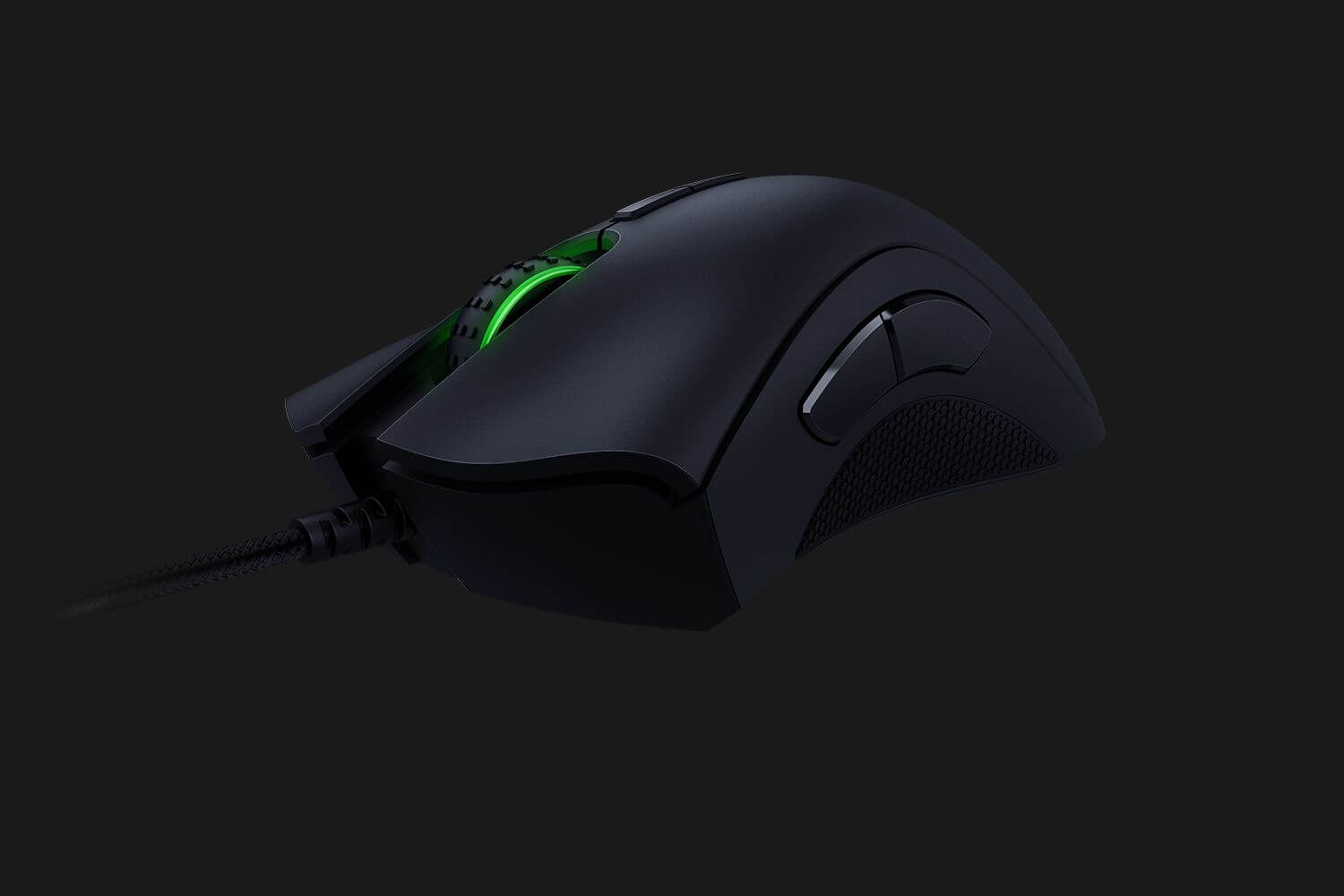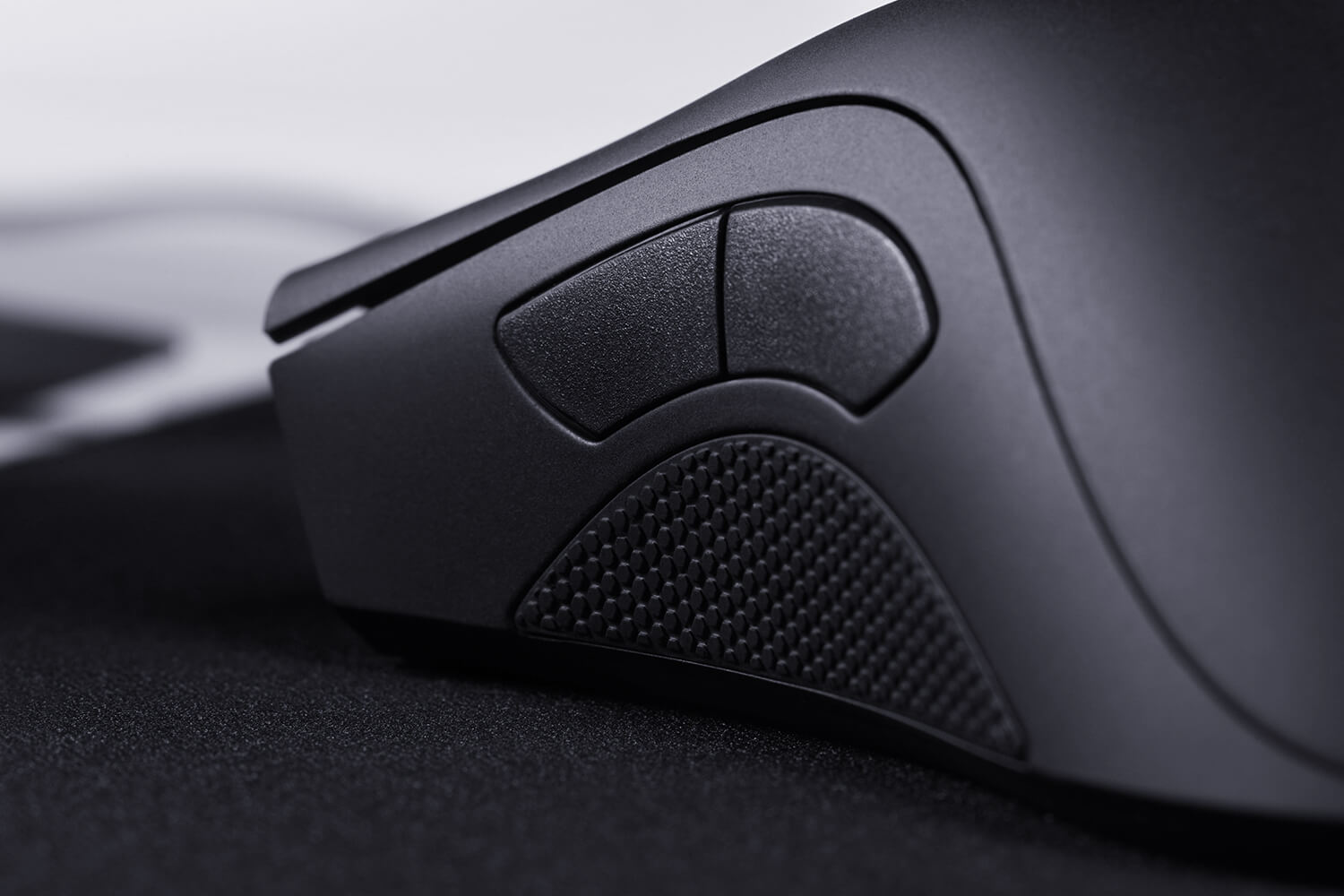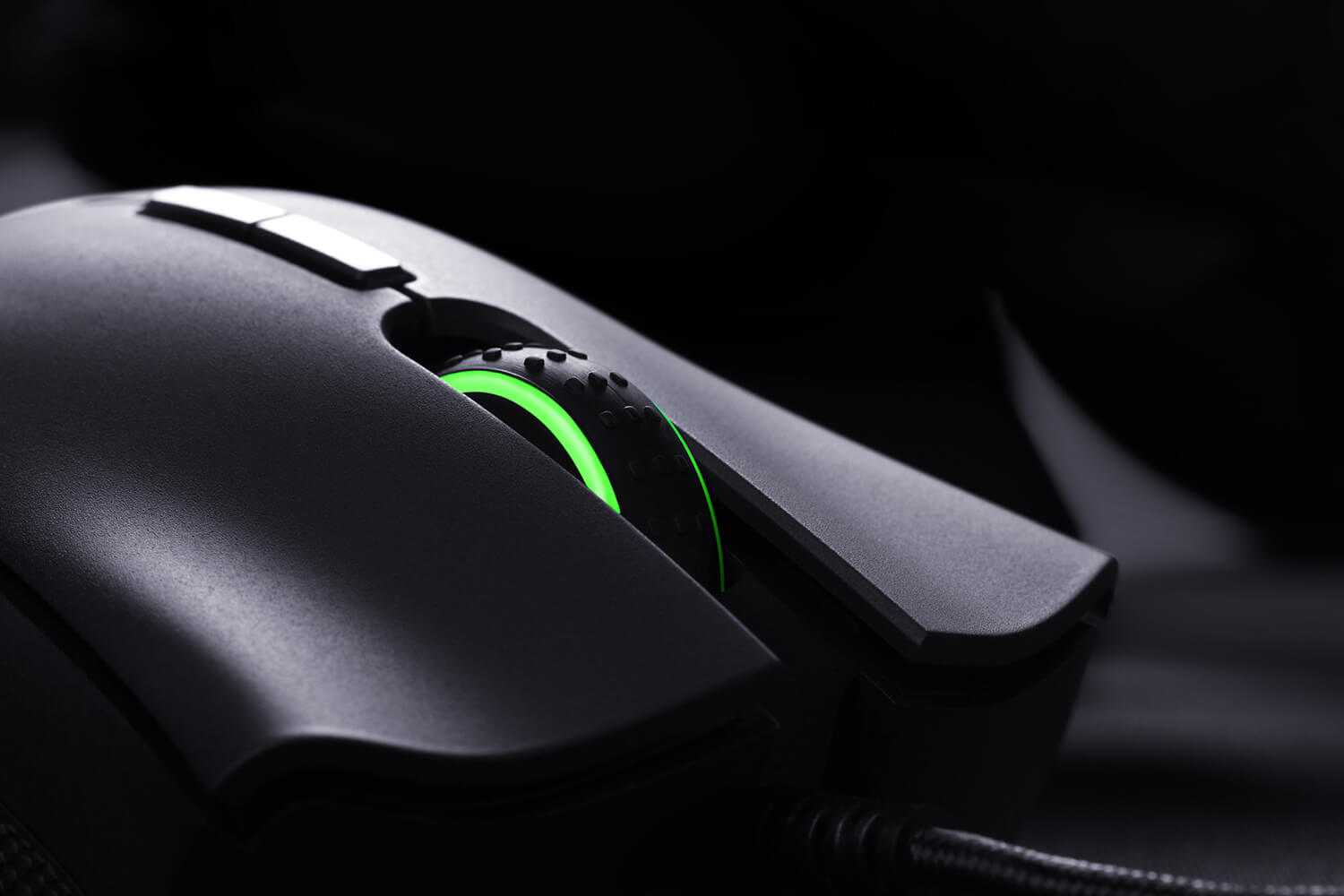Razer DeathAdder Passes 10 Million Sales, But Is It Still Worth It?
The DeathAdder's ergonomic design, slick looks and excellent performance are just as good now as they were 13 years ago.

On June 27, Razer announced that its beloved DeathAdder mouse had sold more than 10 million units. The first DeathAdder debuted in 2006, meaning that an average of 770,000 gamers have purchased one each year. The mouse's latest incarnation, the Razer DeathAdder Elite, is one of the better mice we've reviewed in the last few years. With a rich history and heaps of accolades, it stands to reason that the DeathAdder should be one of the very best gaming mice you can buy.
I decided it was high time to retest the device and measure it against some more recent competition. With so many excellent gaming mice on the market, does the DeathAdder still hold its own?
At the risk of giving a predictable answer: Yes, absolutely. The DeathAdder may not be the final word in all-purpose gaming mice, but its ergonomic design, slick looks and excellent performance are just as good now as they were 13 years ago. (Better, technically, thanks to the addition of new buttons and more sophisticated sensors.) The DeathAdder is not unreasonably expensive; you can customize it to your liking via software; and it's comfortable to hold for long periods.
Ten million units and more than a decade later, here's what still works about the DeathAdder — and some areas where it could use improvement.

What Still Works
I'm fond of saying that the best gaming mouse is generally the mouse that feels most comfortable for you, and the DeathAdder has that aspect down pat. The DeathAdder has a gentle curve on its left side, which matches the curve of a user's hand. There are textured grips on each side, and a coarse scroll wheel that offers just enough resistance. The thumb buttons are easy to access, and the central buttons feel unobtrusive.
Just as important, the DeathAdder works well with just about any game. You can read more about its genre-by-genre performance in my original review, but I ran it through Baldur's Gate: Siege of Dragonspear and StarCraft: Remastered — both games require you to manipulate the mouse constantly, probably during multi-hour play sessions — and barely even noticed that the peripheral was there.
Get instant access to breaking news, the hottest reviews, great deals and helpful tips.
Razer asks $70 for the DeathAdder Elite, but you can usually find the mouse for anywhere between $40 and $60, making it a very reasonably priced accessory. The highest-end wired gaming mice tend to cost $80, and getting a peripheral that is very nearly as good for half the price is nothing to sneeze at.
Overall, the DeathAdder Elite is simply a comfortable mouse that performs well in-game, and at the end of the day, you can't really ask for more than that. It's not as comprehensive as the Logitech G502 Proteus Spectrum or as pretty as the SteelSeries Rival 600, but there's something to be said for a product that just simply works. (Side note: It's great for productivity as well, and the black chassis with a small Razer logo is not too obtrusive for most workplaces.)

What Needs Work
There's only one area in which the DeathAdder could be significantly better, and that's in its software. The Razer Synapse 3 software is an oddly unstable package, which I've had to uninstall and reinstall more times than I can count since it first debuted. Sometimes, it can't find files from its own installation package; others, it prevents certain games from launching. And other times, it simply locks itself into an endless update cycle.
You don't really need to use software to use most of the DeathAdder's features, although the mouse defaults to a rather ugly yellow illumination pattern, so it's worth changing that. Still, Razer's old Synapse 2 software was just about unsinkable, and I'm not sure why the new program insists on being so difficult.

Bottom Line
Quibbles aside, it's not hard to see why the DeathAdder has persisted for so long — and why it's moved 10 million units. Few other gaming mice have that kind of staying power. I don't want to rehash my whole review here, but I'm glad I revisited the mouse — and I'm almost sure that Razer will continue to refine the device with a few more small quality-of-life tweaks within the next year or two.
Let's just hope the software gets cleaned up, too.

Marshall Honorof was a senior editor for Tom's Guide, overseeing the site's coverage of gaming hardware and software. He comes from a science writing background, having studied paleomammalogy, biological anthropology, and the history of science and technology. After hours, you can find him practicing taekwondo or doing deep dives on classic sci-fi.
